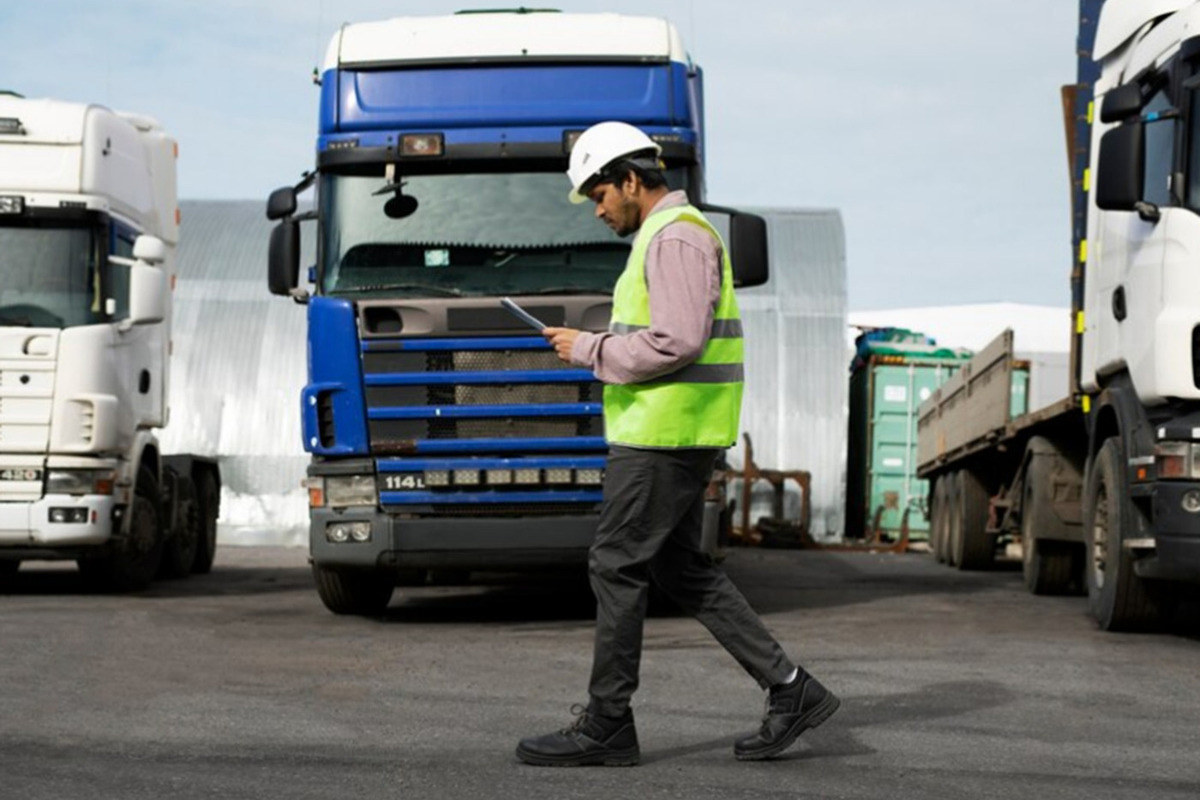The threshold for duty-free import of goods will be reduced fivefold from April 1: experts are against
[ad_1]

Risks for online trading assessed
From the beginning of April, the threshold for duty-free import of goods will automatically return to the level of €200 euros, leaving the €1000 mark. There is debate about whether this is good or bad. The topic itself is so complex and ambiguous that any compromise in positions is impossible by definition. Some experts call for maintaining the current value: according to them, the threshold reduced by five times is evidence of absolutely unnecessary protectionism towards the Russian manufacturer.
Two years ago, the Eurasian Economic Commission (EEC; in addition to the Russian Federation includes Belarus, Kazakhstan, Armenia, Kyrgyzstan) decided to increase the threshold for duty-free import of goods for personal use from €200 to €1000. This measure expires on April 1, 2024. To extend it, a new decision of the EEC Council is required, which is agreed upon at the level of the leadership of all states. However, no one has yet taken any action in this direction. The Ministry of Industry and Trade of the Russian Federation does not see any risks in not extending the current threshold, associated, in particular, with a narrowing of the product range. According to officials, the main share of parcels traditionally falls on the segment up to €200. In addition, the situation is saved by the established “parallel import” mechanism.
The initially increased limit of €1,000 was established back in 2019. Then the norm was reduced several times, and in April 2022 it returned to its original value against the backdrop of sanctions and rush demand for imported items from the population. The measure concerns the import by individuals of goods for personal use – food, alcoholic beverages, clothing, shoes, and medicines. Two years ago, when the consequences of Western sanctions were not entirely clear, the authorities resorted to it to prevent commodity shortages and a sharp rise in consumer prices. Then the €1000 level seemed absolutely logical, the only right step. What about now, when the restructuring of logistics as a whole has been completed, and many goods have been replaced by supplies from neutral countries or Russian analogues?
“There is definitely no need to maintain a threshold of €1000, it is too high,” says Raisa Donskaya, head of the company for international trade and foreign economic activity “Team Sicurs”. – An amount of €200 is more than enough for duty-free import of goods; if you convert it into rubles, it’s 20 thousand. For this money you can buy any small item necessary for the household that is not available in Russia in online stores. In addition, a high threshold is very harmful to domestic distributors, dealers, and sellers. All of them, according to the legislation of the Russian Federation, must return goods and provide one-year warranty service. It turns out that they will have to bear costs and, accordingly, raise prices, and the consumer will ultimately prefer to purchase elsewhere, where it is cheaper. Plus, because of this threshold, VAT is underpaid, the state does not receive taxes and fees.”
Two years ago, the population was afraid that there would be a shortage, but now parallel imports are working completely normally, the pricing policy is quite adequate, Donskaya notes. According to her, mainly branded items have become more expensive, and much more affordable Chinese analogues are practically not inferior in quality. Finally, there is such a factor as mandatory certification. When a legal entity imports a product into the country, the product is certified, that is, it undergoes a safety test. And when an ordinary consumer buys, for example, some foreign gadget on his own via the Internet, there is no guarantee that the purchase will be safe for use in Russia – say, in the conditions of local power grids.
“I think the threshold should be left at €1000,” Anna Vovk, a member of the Council on Financial, Industrial and Investment Policy of the Chamber of Commerce and Industry of the Russian Federation, enters into an absentee debate. – €200 is the limit for online purchases and cross-border shipments. But mostly people themselves bring the same equipment from abroad, and it is clearly more expensive there. The inflation that broke out in Europe in 2020 amid the pandemic was higher than the figures officially announced by European officials at the time: prices for consumer goods, food, and clothing increased by 40-60%. And although today we focus more on the Asian markets, certain changes have also occurred there. The €200 threshold is a reflection of outright and absolutely unnecessary protectionism towards the Russian manufacturer. Which, to be honest, is not yet ready for import substitution.”
The reasons for this are profound: there is not a single large industrial enterprise in the country that would completely switch to domestic equipment. Only individual niches have been replaced. What kind of industrial development, what kind of import substitution can we talk about given the current Central Bank rate of 16% on commercial loans? Yes, businesses need to organize the production of domestic consumer goods. But what if you don’t have your own fixed assets? They are produced abroad, and this is a systemic problem, Vovk sums up.
[ad_2]
Source link






